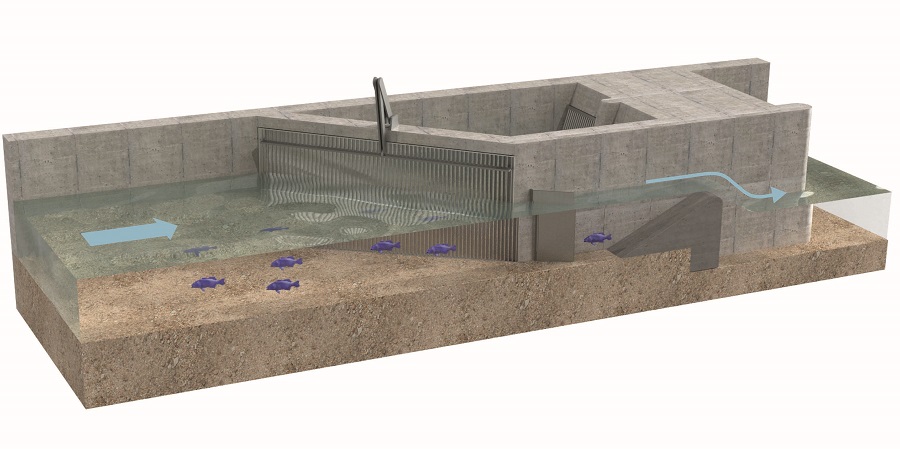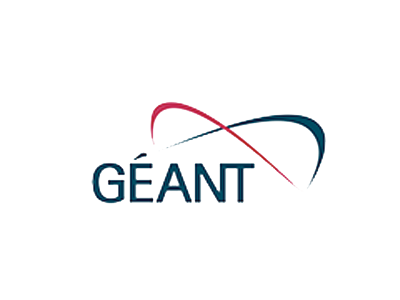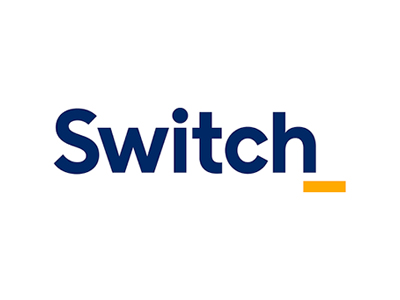
Safe Harbour for Migrating Fish and Cleaner Sustainable Energy
In many parts of the world, legislation, policies and research are increasingly focused on the restoration of water bodies and the mitigation of negative impacts of hydraulic infrastructure, like hydropower plants, to fish migration, sediment continuity and hydropeaking. Within Switzerland, substantial efforts are directed toward adopting safer and more sustainable hydropower facilities. While this trend gains momentum across the globe, the preservation of fish habitats in regulated rivers remains a challenge.
In Switzerland, nearly 60% of the electricity stems from clean and sustainable hydropower. Researchers at ETH Zurich’s Laboratory of Hydraulics, Hydrology and Glaciology (VAW) are working hard to mitigate the disruption and impact that run-of-river hydropower plants, weirs, and dams have on fish migration routes and fish populations in the country’s river systems.
Focusing on the Schiffmühle plant on the Limmat river and the Bannwil plant on the Aare river, VAW researchers and FIThydro project partners studied existing methods and approaches to assess the environmental impact of hydropower plants and refurbishment measures.
It was unclear, for instance, which upstream and downstream fish passage facilities are most suitable for which fish species and which conditions are ideal for fish to find and accept them. To investigate this, VAW researchers and its partners measured hydraulic conditions like flow velocities and turbulent kinetic energy and monitored fish movements by tagging thousands of fish with passive integrated transponders (PIT). The monitoring showed that many fish species in the Limmat can effectively use technical and near-natural fish passage solutions to move upstream.
Fish migrating downstream though have to swim through hydropower plant turbines if no other option for downstream passage is available. This is where injuries from turbine blades occur, as well as exposure to strongly fluctuating pressure. At the Bannwil hydropower plant, the project partners used high-tech sensors, monitoring technology and various models to study the passage of downstream moving fish through the turbines and over the weir.
Safely navigating the waterways
To steer fish migrating downstream safely past power plant turbines, VAW developed a fish guidance system they called the curved-bar rack bypass system (CBR-BS).
The core of the CBR-BS is a vertical bar rack with specially shaped bars that create strong local eddies and pressure and velocity gradients to steer fish away from the bar rack and towards a bypass. This safely guides a variety of fish species of different sizes around turbines and has very little effect on plant operations.
Network Supports Underwater Exploration
Tracking the migratory patterns of fish required connecting a vast number of sensors and cameras and the capacity to flawlessly transfer terabytes of recorded images and signals. The image processing alone required 2 to 3 months of compute time. In the field, offline network switches allowed for internal data transfer, followed by the need for the robust connectivity and enormous capacity to transfer the data to data centers and partners. Supported by the SWITCH 100-gigabit/second research network, the VAW team and its partners were able to advance the work and contribute to the progress of the research across Europe.
A pan-European survey of hydropower plants
VAW was closely involved in the four-year Horizon 2020 “FIThydro” project funded by the European Research Council. The project team comprising 26 European research institutions and companies studied 17 sites in eight countries to examine the impact of hydropower plants on river ecosystems and in particular on fish. VAW contributed several laboratory and field studies, some in collaboration with regional partners.
A safer harbour for migrating fish everywhere
The work carried out in the FIThydro project and VAW’s contribution will likely have far reaching effects. “It’s important to incorporate specific regional fish passage design that takes into account the vital needs of local species, the hydraulic conditions at the site and the layout of each particular power plant,” explains Robert Boes, Professor of Hydraulic Engineering and head of the Laboratory of Hydraulics, Hydrology and Glaciology (VAW) at ETH Zurich. “We wanted to identify knowledge gaps and find out how we can improve the current situation and the already implemented measures, and to fill the gap for fish protection and guidance at large hydropower plants.”
One of the things discovered during the course of this research was that turbines are not the only threat to migrating fish. When descending over weirs, they can also be injured by the strong currents. They may also lose their orientation making them easy prey for predators. “Our results can help, for example, to develop fish-compatible turbines, to adapt power plant operations during periods of fish migration and to improve weir design for safe fish passage” explains Ismail Albayrak, senior scientist and project manager at VAW.
For more information please contact our contributor(s):


